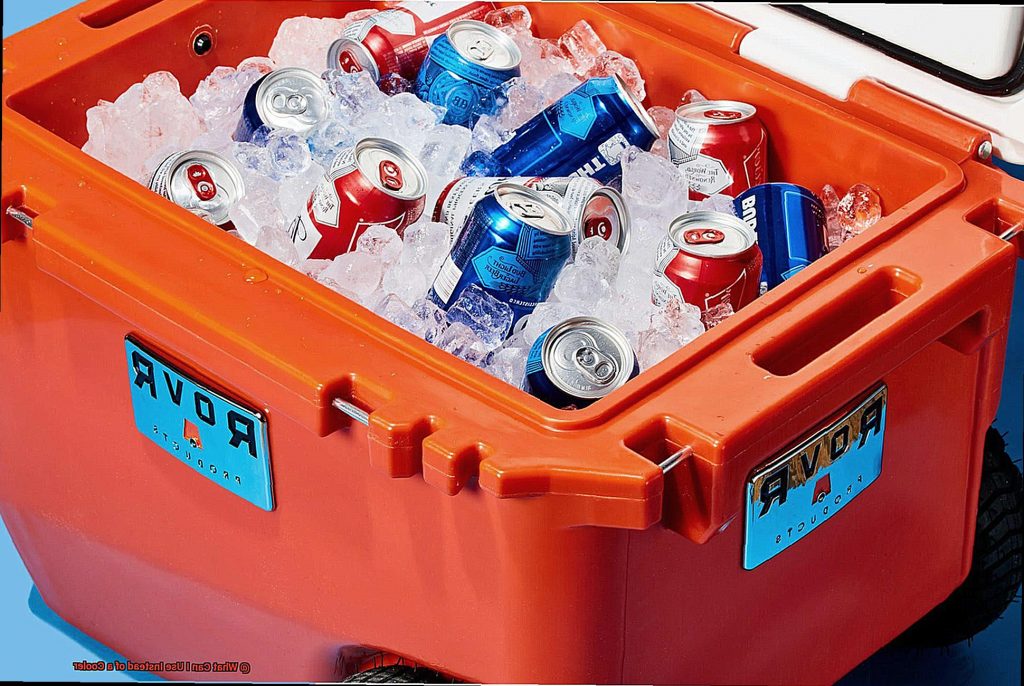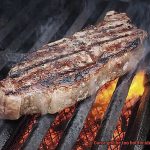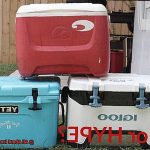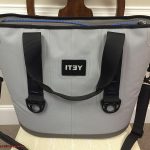Are you an outdoor enthusiast who loves to hike or camp, but hates the burden of carrying a heavy cooler?
Are you tired of dealing with melting ice packs and soggy food? If so, this blog post is your ultimate guide to alternatives that can work just as well as a cooler, or even better.
While coolers are essential for any outdoor adventure, there are other options available that can keep your food and drinks cool and fresh without the added weight. With some creativity and resourcefulness, you can leave behind the hassle of traditional coolers and embrace new ways to enjoy your outdoor experience.
In this post, we will explore various alternatives that experienced campers, hikers, and outdoor enthusiasts swear by. From insulated backpacks to dry ice and natural resources like rivers or streams, we have got it all covered.
We will also discuss the pros and cons of each alternative so that you can make an informed decision about which method works best for you. Say goodbye to the weighty burden of traditional coolers and say hello to nature’s beauty with these creative alternatives.
Let’s dive in.
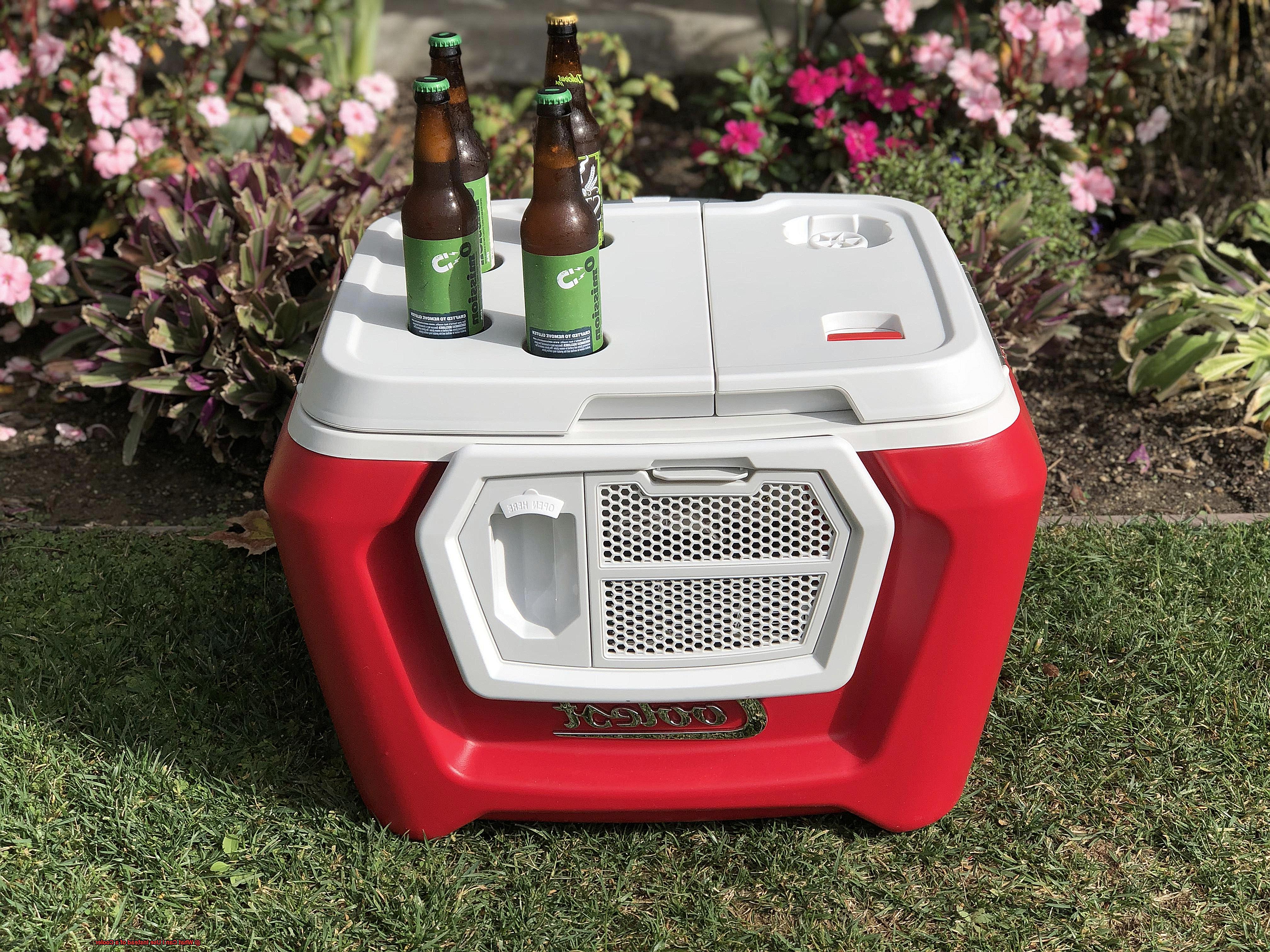
Contents
Advantages of Using a Cooler
Not only does using a cooler keep your items cool, but it also offers a range of other benefits. Firstly, a cooler helps prevent the growth of harmful bacteria in your food and drinks.
Warm temperatures outside can quickly turn your food into a breeding ground for bacteria, leading to spoilage and potential illness. However, when you store your items in a cooler, the consistent temperature creates an inhospitable environment for bacteria to thrive.
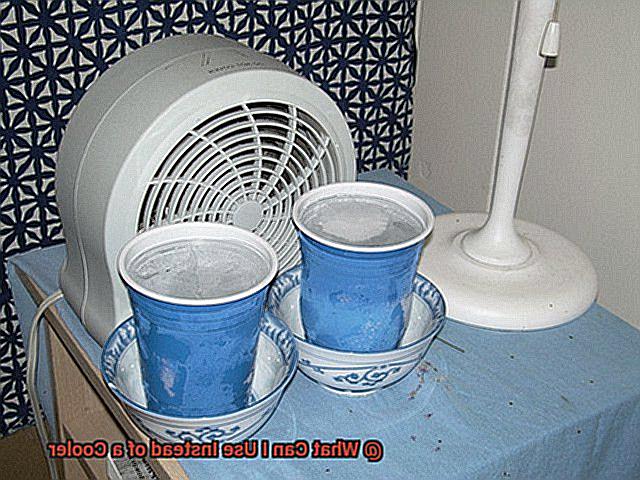
In addition to preventing bacteria growth, a cooler is also excellent at keeping your food and drinks fresh for an extended period.
Whether you’re out in the wilderness or enjoying a picnic, a quality cooler can keep ice frozen for up to five days, ensuring your food and drinks stay fresh throughout your journey.
Another advantage of using a cooler is that it eliminates the need for frequent trips to the store. When you’re out camping or exploring the great outdoors, constantly restocking on food and drinks can be challenging.
However, by packing enough supplies in your cooler, you can enjoy peace of mind knowing that you won’t have to make frequent trips to the store. Finally, using a cooler can save you money in the long run.
Alternatives to a Cooler
As the temperature rises, so does the need to keep your food and beverages cool.
While a cooler is often the first thing that comes to mind, there are several alternatives available that can get the job done just as well. Insulated bags are a lightweight and convenient option that come in various sizes.
Perfect for picnics or short excursions, they are easy to carry and can keep your food and drinks chilled for several hours. Plus, they are affordable and reusable, making them an eco-friendly choice.
Ice packs are another straightforward alternative that can keep your items cool without any fuss. These nifty packs come in different shapes and sizes and can be easily frozen at home.
Simply pop them into your bag or container with your items, and voila. Your food and beverages will stay cool for hours.
For those who prefer more high-tech solutions, thermoelectric coolers are a great option. These portable refrigerators can be powered by a 12V battery or plugged into a wall outlet, making them ideal for extended trips.
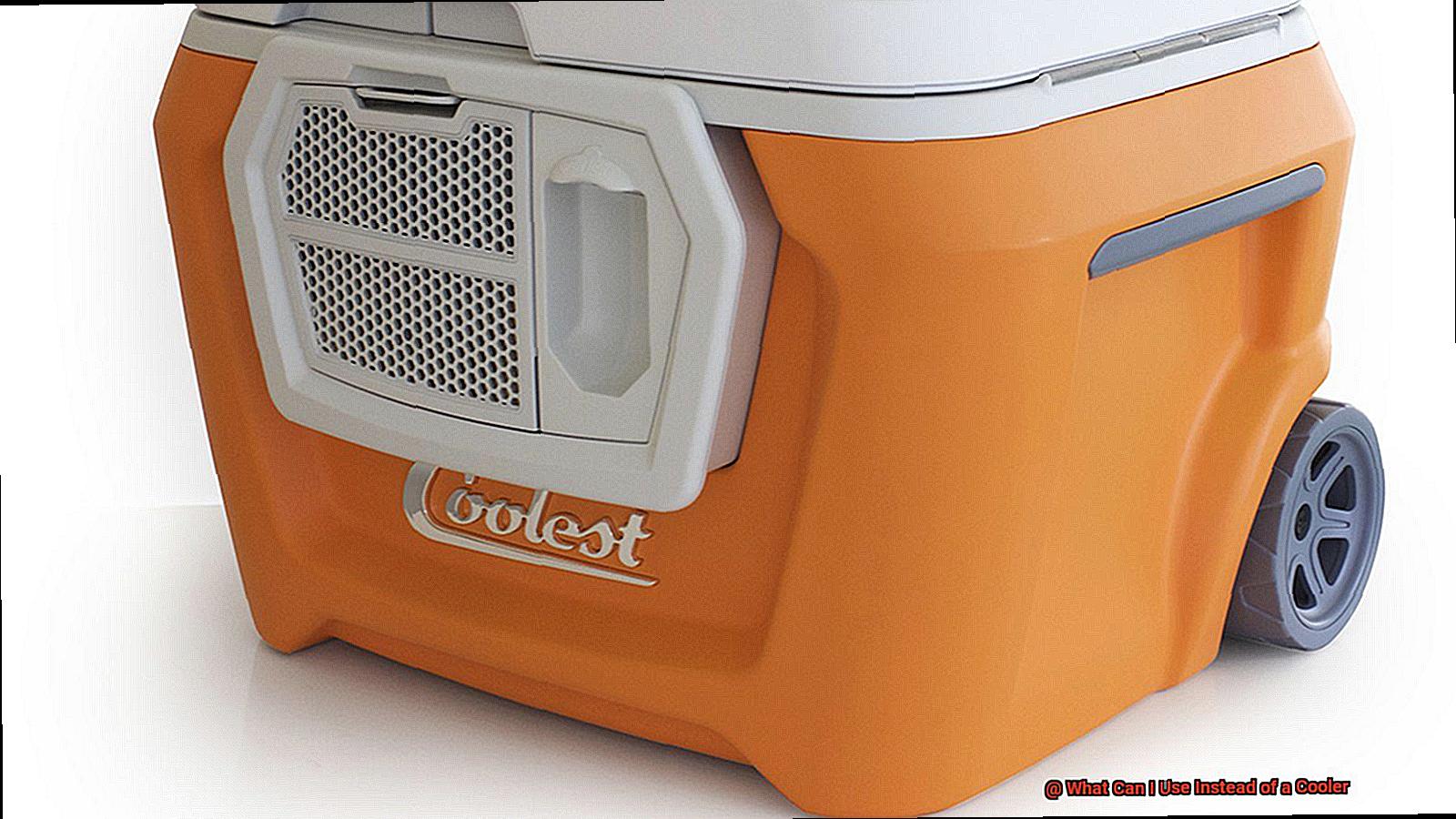
They offer more features than traditional coolers, such as temperature control, longer cooling times, and even the ability to freeze items. If you need to keep things cool for an extended period of time, dry ice is another option worth considering.
It’s much colder than regular ice and can last up to 24 hours depending on how it’s used. However, it’s essential to handle dry ice carefully as it can be hazardous if not used correctly.
Finally, nature provides some natural cooling solutions too. If you’re out camping or hiking, you can bury your food and drinks in a stream or river to keep them cool.
Alternatively, wrap them in wet towels and hang them from a tree in the shade for a refreshing breeze.
Insulated Bags or Boxes
When you’re out and about, whether it’s a picnic in the park or tailgating at the game, you want to have snacks and drinks on hand to keep everyone happy.
But lugging around a heavy cooler can be a real drag. That’s where insulated bags or boxes come in – they’re the perfect solution for short-term cooling needs.
Not only are insulated bags or boxes made of insulating materials that can keep your items cold for several hours, but they also come in a variety of sizes and shapes. Whether you need to pack a few snacks or enough food for a weekend camping trip, there’s an insulated bag or box that’s perfect for you.
And because they’re lightweight and easy to carry around, you won’t feel bogged down by a heavy load. Another great feature of insulated bags or boxes is that they’re reusable.
Unlike coolers that require ice that melts after use, these bags and boxes can be used again and again. You can use ice packs, frozen water bottles, or just place your already cooled items in there.
This means you don’t have to worry about disposing of melting ice or buying new bags every time you need to keep something cool. Not only are insulated bags or boxes practical, but they’re also budget-friendly.
Plus, they’re readily available in most stores that sell outdoor gear or camping equipment.
Frozen Water Bottles or Ice Packs
Say goodbye to that hassle with a simple and eco-friendly solution – frozen water bottles or ice packs.
Not only are they easy to find and won’t break the bank, they also do the job of keeping your food and drinks chilled for hours. All you need to do is pop them in the freezer before you head out, and then place them in your cooler or insulated bag.
But wait, it gets even better. Once they’ve melted, you can refill them with water and freeze them again for your next outing.
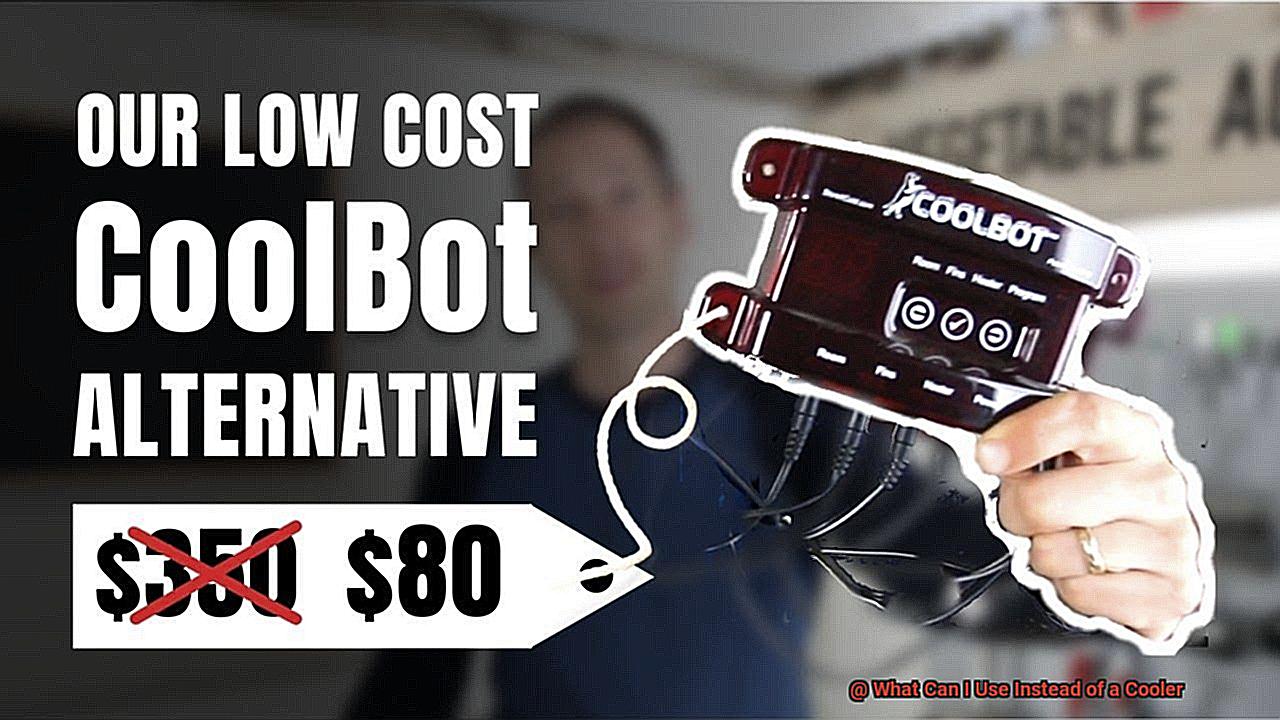
This not only saves you money but also helps reduce waste, making it a smart and environmentally conscious option. Before you start freezing any old water bottle though, keep in mind that they need to be completely frozen before being placed in your cooler.
This ensures that they’ll keep your items cold for longer periods of time. Also, consider using smaller water bottles as they’ll freeze faster and take up less space in your bag.
Natural Water Sources
Rivers, lakes, and streams are all excellent options for keeping your food and drinks cool while enjoying the great outdoors. A fun way to use these sources is by creating a floating cooler using an inflatable raft or large plastic container filled with ice and your items.
Simply tie it to a tree branch or rock, and let it float in the water, providing easy access to your chilled goodies. If you prefer to submerge your items directly in the water, simply place them in a watertight container and anchor it in the water.
Natural springs and groundwater sources are also fantastic for keeping items like wine or beer at the perfect temperature. But remember, it’s crucial to take precautions to avoid contamination.
Use clean containers and avoid placing items directly in the water if possible. Always follow Leave No Trace principles and properly dispose of any waste materials.
Not only does using natural water sources as a cooler provide an effective and eco-friendly alternative to traditional coolers, but it also allows you to appreciate the beauty of nature while keeping your items cool.
Refrigerators or Freezers
While refrigerators and freezers are the most efficient way to keep your food and drinks cold, they are not always practical for outdoor activities where a power source may not be readily available. But don’t fret, because there are alternative options that can do the trick.
First up, we have portable refrigerators or freezers. These remarkable appliances can be powered by a 12-volt battery or solar panels and are designed to maintain low temperatures for extended periods of time.
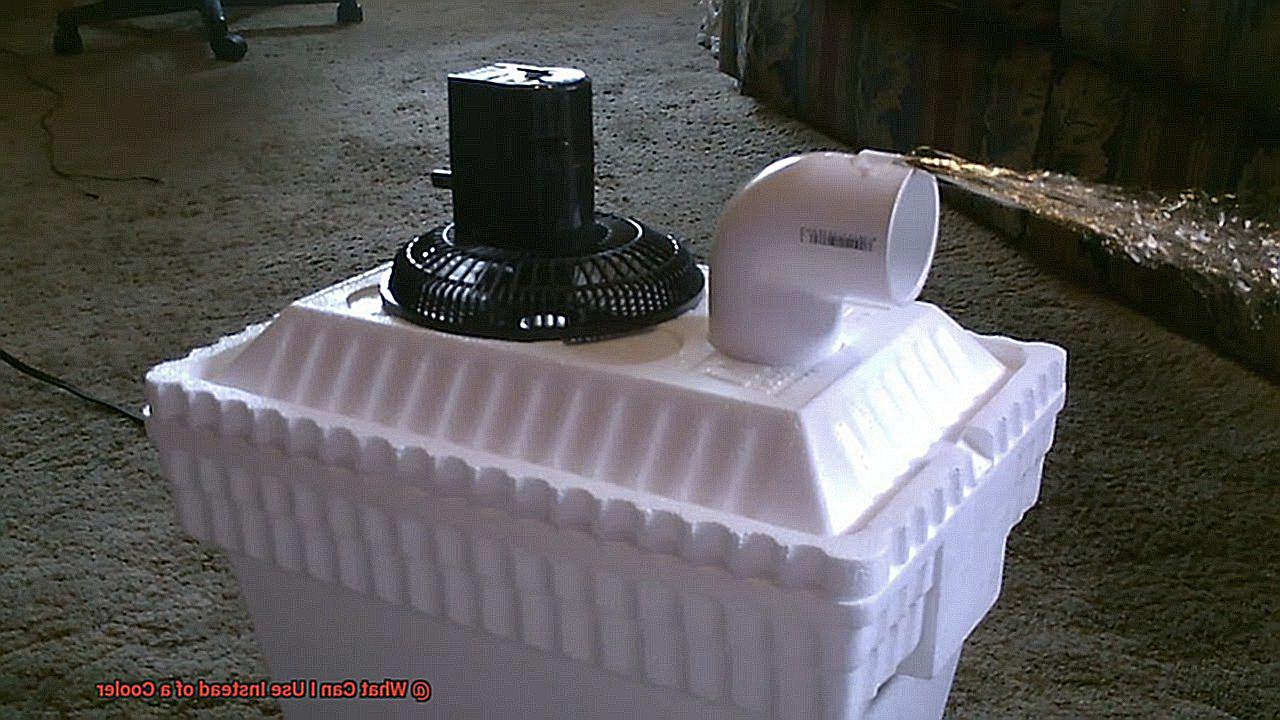
They come in different sizes to accommodate your needs and are ideal for outdoor enthusiasts who need to keep their food and drinks cold for several days. If a portable fridge is not an option, an insulated bag or box is the next best thing.
These bags work by trapping the cold air inside and preventing warm air from entering, thus keeping your contents cool. They are lightweight, easy to carry, and come in different sizes.
However, they are only effective for a few hours. Last but not least, if you’re in a pinch, you can always turn to nature’s own cooling method – ice.
Simply freeze water bottles or fill plastic bags with ice cubes and place them in an insulated bag or box with your food and drinks. This method will help keep them cool for a few hours but is not ideal for longer trips.
9xncum0d4Vk” >
Conclusion
To sum up, there are many alternatives to traditional coolers that can keep your food and drinks fresh without the added weight.
Insulated bags and ice packs are simple and budget-friendly options for short-term cooling needs. If you’re looking for a more high-tech solution, thermoelectric coolers or portable refrigerators powered by a 12V battery or solar panels are excellent choices for extended periods of time.
While using a cooler has its advantages, such as preventing harmful bacteria growth and saving money in the long run, natural water sources like rivers or streams can provide an eco-friendly alternative.

